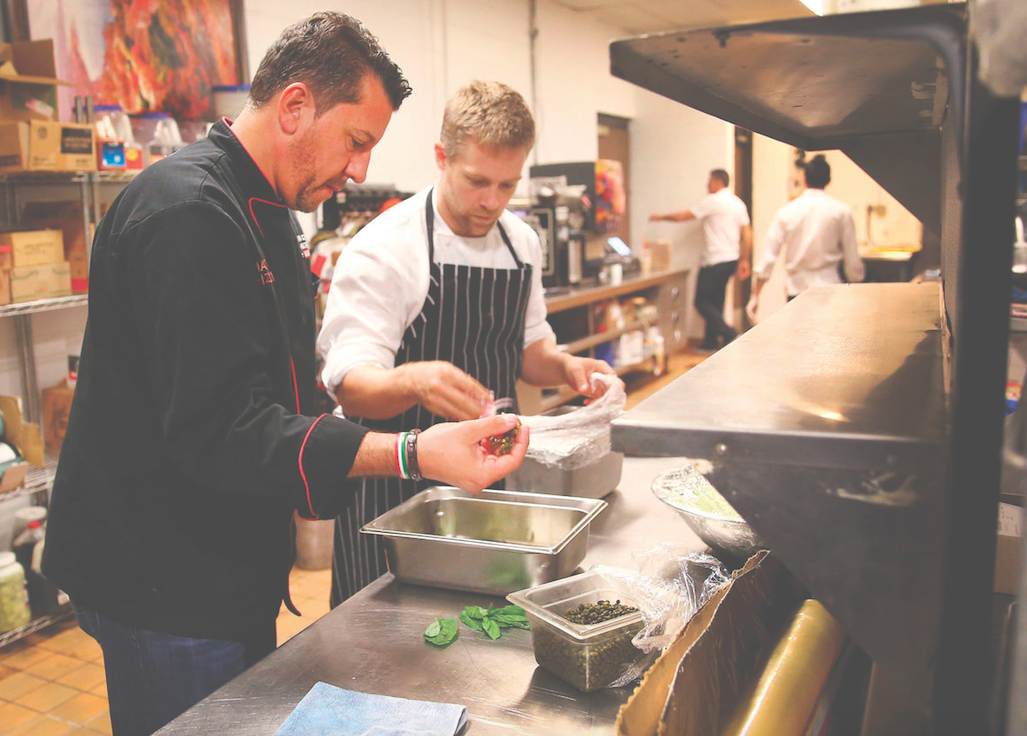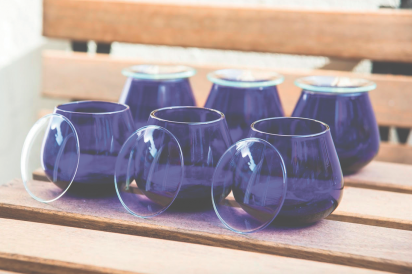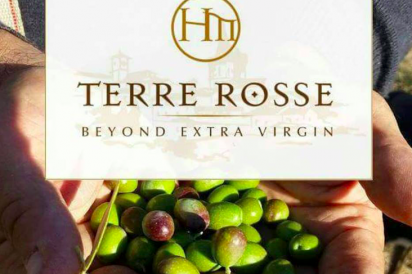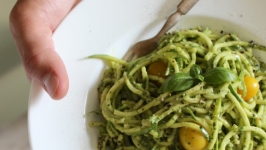Liquid Gold: Choosing a Good Olive Oil
Not all olive oils are the same. But you already know that, right? Of course you do. A one-minute glance at the number of olive oils on the grocery store shelves is all it takes to see the difference—it’s right there on the label, after all. There’s extra-virgin, virgin, refined, pure … some that hail from Greece, from Italy, from Croatia, from the U.S. … some that are organic … some that claim to be lite … some that are infused with a variety of flavors ranging from garlic to rosemary to sun-dried tomato.
But when it comes to choosing an olive oil, beware: There’s far more to it than simply glancing at the label.
In 2010, the University of California at Davis Olive Center and the Australian Oils Research Laboratory in Wagga Wagga, New South Wales, published a report on the quality of olive oils readily available in America’s grocery stores. Of the 19 brands tested, “69 percent of imported olive oil samples and 10 percent of California olive oil samples labeled as extra-virgin failed to meet the IOC/USDA standards for extra-virgin olive oil.”
The study, partially funded by California olive oil producers, received its fair share of criticism but nonetheless confirmed what many expert olive oil tasters had been saying for years: Not all olive oil labeled extra-virgin (EVOO) is indeed EVOO. It might not be olive oil at all.
“If you’re using olive oil for the health benefits, but it’s not really olive oil, then you’re not getting the health benefits,” says Mario Rizzotti, Chicago-based culinary expert and former judge on Iron Chef America. In a country plagued by cardiovascular problems, diabetes and obesity, it’s vital to do as much as possible to improve our overall health—and Rizzotti is on a mission to help Americans choose products, and foods, that will put everyone on the road to better health.
To teach people the benefits of a Mediterranean diet, in which olive oil plays a leading role, Rizzotti is taking his 4 the Love of Italian Food tour to small towns and big cities across the U.S. Last December, he and Chef Adam Weisell of Aurelia Pop Up Osteria—a pop-up dinner concept providing market-inspired Italian dinners throughout the greater Chicago area—presented a dinner hosted by Prime 47 in Carmel.
Drizzle, don’t dip
“What we’re trying to accomplish is to promote the healthy benefits of authentic Italian food and authentic Italian ingredients,” says Italian born and raised Rizzotti. “There are so many things out there that Americans consider Italian that in Italy, we don’t even have.”
And one of those things, Rizzotti and Weisell agreed, is the presentation of baskets full of bread alongside bowls of olive oil before the meal.
“That’s not Italian,” says Rizzotti.
Weisell, who moved to Rome when he was a toddler, nods. “We don’t dip bread in olive oil before meals. That’s an American thing.”
“I use olive oil for cooking,” explains Rizzotti, “but really good olive oil should be used for finishing dishes and drizzled on food once it’s prepared.”
He uses Terre Rosse DOP Umbria Kosher Organic EVOO, which he has shipped directly to him from Italy’s Umbria region, just north of Rome, bordering Tuscany.
Curious about other olive oils? Or maybe you have a favorite and want to see how it stacks up to world-renowned EVOOs? Check out BestOliveOils.com for a list compiled from the New York International Olive Oil Competition, the world’s most comprehensive olive oil quality contest. Last April, more than 820 olive oils from 26 countries were tasted and evaluated by a panel of experts. It’s a great resource not only for information, but also to explore new flavors and new producers of liquid gold.
How to choose an olive oil
When purchasing EVOO, there’s plenty to consider and individual palates have different opinions as to what tastes good and what doesn’t. The best advice is twofold: Educate yourself, and don’t be afraid to experiment.
“There’s lots of good olive oils,” said Rizzotti, and lots of opinions. But whether you choose an oil from his homeland of Italy, or one from anywhere in the globe, he wants you to know these two things: “‘Cold pressed’ doesn’t really mean cold.” It only means the olives cannot be pressed in an environment with a temperature exceeding 80.6°F. In other words, it’s marketing lingo consumers have come to associate with quality, but in all actuality doesn’t directly correlate.
And just know that if you want an Italian olive oil, made with only Italian olives, by law the label must say either Made in Italy or 100% Italian. Neither Made from Italian Olives, Packaged in Italy or Product of Italy assures authentic product.
Ciao!
5 steps to properly tasting olive oil
1. Pour about a tablespoon of oil into a clean glass.
2. Cup the glass in your hands to warm the oil, then cover it with one hand and swirl.
3. Smell the oil. What do you notice? Grass is a fairly common scent but, similar to tasting wine, the more avid consumer will note a plethora of sensations.
4. Taste. Take in a very small amount by slurping through your teeth and pushing it through your palate, again, as you would when tasting wine. Hold the oil. Do you like the taste?
5. Swallow and note the slight burning sensation as it slides down your throat. A peppery burn is a good thing, typically signaling a high-quality product.
Update: Since going to print we have learned that although Iron Chef America hasn’t recently filmed any new episodes, Mario is still active with the franchise and is therefore not a “former” judge, but a “judge in rotation.” Additionally, there was an error—we first reported that the back of his chef’s jacket says “Made in Italy” but in fact, it reads “Product of Italy.” We apologize for the oversight.









